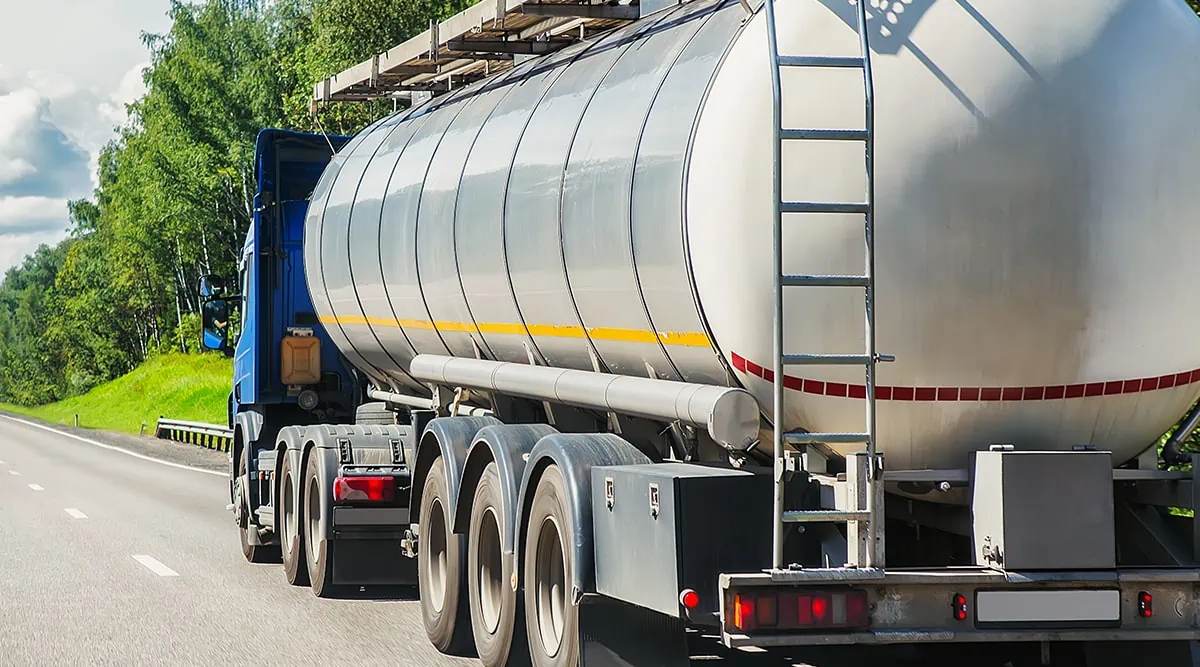Things about Reclaim Waste
Things about Reclaim Waste
Blog Article
Everything about Reclaim Waste
Table of ContentsNot known Factual Statements About Reclaim Waste Reclaim Waste Things To Know Before You Get ThisNot known Facts About Reclaim WasteSee This Report on Reclaim WasteThe 10-Second Trick For Reclaim Waste
Discover the kinds, occurrences, and forms of liquid waste. Domestic sewer waste refers to the waste and products from a property septic system. This type of waste is developed by human beings in residences, institutions, and various other buildings. This only consists of sewage-disposal tanks that have a drainpipe area. The proper administration and disposal of residential sewer waste call for fluid waste to be moved to a sewer therapy plant where the appropriate techniques and equipment are related to purify and throw away waste.
Business waste commonly includes possible risks, such as flammable materials or a combination of liquid and solid waste products, and requires a more advanced and detailed disposal procedure. The disposal of business waste commonly includes the purification of waste before transport to make sure secure and appropriate disposal. Industrial waste is created from results and overflow of industrial processes and production.
This kind of waste can not use the very same sewer management transportation or procedures as septic or business liquids. The hazardous waste management process calls for the assessment and screening of liquid waste before it undergoes the disposal process (liquid waste disposal melbourne). Runoff waste is the liquid waste that originates from drainage and excess stormwater in extremely inhabited locations or cities
Runoff waste can create contamination and flooding if not managed correctly. Making sure appropriate waste monitoring can avoid catastrophes and reduce environmental injury.
The Reclaim Waste Ideas
Contact PROS Services today to find out about our waste administration and disposal services and the correct means to care for the liquid waste you generate.
(https://www.openstreetmap.org/user/reclaimwaste1)Do you know what takes place to your water when you end, flush the bathroom or drain the cleaning equipment? No? Well, it's worth understanding. This supposed 'wastewater' is not only an important source yet, after therapy, will be launched to our land, waterways or the sea. Utilized water from commodes, showers, baths, cooking area sinks, washings and industrial processes is referred to as wastewater.

water used to cool down machinery or tidy plant and equipment). Stormwater, a form of wastewater, is runoff that moves from farming and metropolitan locations such as roofing systems, parks, yards, roads, paths and rain gutters right into stormwater drains pipes, after rainfall. Stormwater flows unattended directly to regional creeks or rivers, at some point getting to the ocean.
The Only Guide to Reclaim Waste
In Queensland, the majority of wastewater is treated at sewer therapy plants. Wastewater is delivered from domestic or commercial sites through a system of sewage systems and pump terminals, referred to as sewerage reticulation, to a sewage have a peek here treatment plant. City governments construct, preserve and run most sewage therapy plants. Operators are accredited under the Environmental Protection Act 1994 to release cured wastewater at an acceptable environmental requirement into rivers.
The Division of Natural Resources encourages city governments concerning managing, operating and keeping sewage systems and therapy plants. In unsewered areas, local federal governments may require homeowners to install private or household sewage therapy systems to treat residential wastewater from bathrooms, cooking areas, bathrooms and laundries. The Department of Natural Resources authorises using house systems when they are shown to be reliable.
In some new class, therapy of some stormwater to get rid of litter, sand and gravel has begun utilizing gross toxin traps. Wastewater therapy takes place in four phases: Removes strong issue.
Makes use of small living microorganisms understands as micro-organisms to break down and eliminate remaining dissolved wastes and great bits. Micro-organisms and wastes are integrated in the sludge.
Things about Reclaim Waste
Nutrient removal is not readily available in all sewer treatment plants since it requires expensive specialist tools. It is coming to be a lot more common in Queensland. Clear liquid effluent produced after therapy may still have disease-causing micro-organisms. If this effluent is released into waterways such as rivers or the sea, the micro-organisms will ultimately pass away out.

Many wastewater flows into the sewage system. Under the Act, local governments provide approvals and licences for ecologically pertinent activities (Periods) including wastewater launches that might have a regional impact.
A Biased View of Reclaim Waste
Or else, examples are considered research laboratory analysis. Usually many tests are needed to establish the levels of each of the various contaminants such as oils, heavy metals and chemicals in water. Monitoring provides factual information about water quality and can verify that licence problems are being met. The details gotten with tracking provides the basis for making water top quality decisions.
Report this page